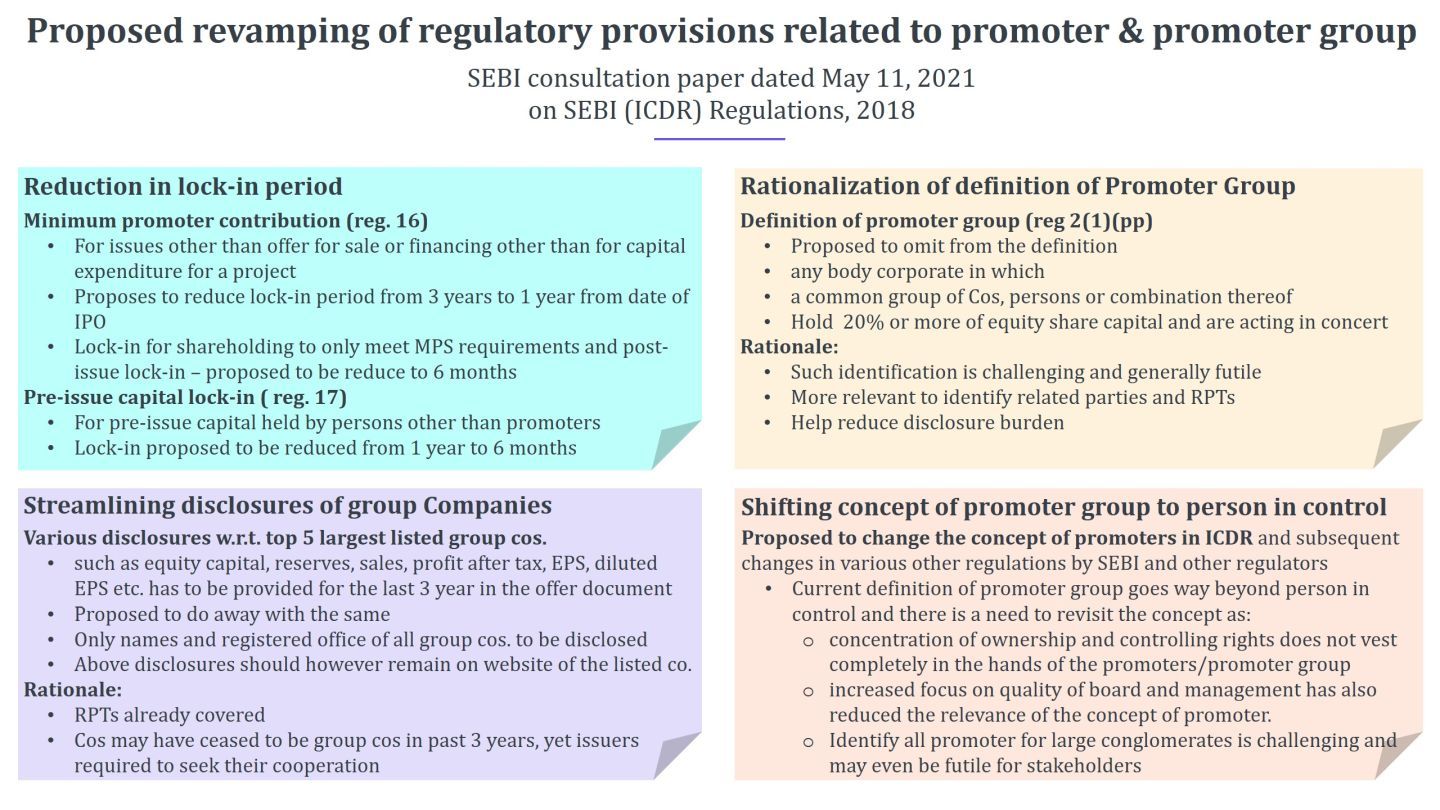-Kanakprabha Jethani (kanak@vinodkothari.com)
Background
On October 9, 2020, the RBI released its Statement of Developmental and Regulatory Policies[1] which lays down the next steps of the RBI in the direction of coping up with the impact of the pandemic. The intended moves of the RBI seem to ensure preparing the financial sector to support the economy get in track with the new normal. Below are a few highlights proposed by the RBI with respect to the financial sector.
With respect to capital adequacy of banks
Banks and NBFCs are required to maintain certain capital ratios prescribed by the RBI. As for banks, they are required to maintain a Capital to Risk-weighted Assets Ratio (CRAR) of 9%. For the calculation of risk-weighted assets, the RBI prescribes the weights to be assigned to each on and off the balance sheet assets of the banks.
Increase in the size- limit for regulatory retail portfolio
The RBI has prescribed 75% risk weight for the ‘regulatory retail portfolio’ of banks. For an exposure to qualify into the regulatory retail portfolio[2], the following conditions are required to be met:
- The exposure shall towards an individual person or persons or small business;
- The exposure shall be in the form of revolving credits, line of credit, term loans and leases, student and educational loans and small business facilities and commitments;
- No aggregate exposure to one counterparty should exceed 0.2% of the overall regulatory retail portfolio;
- The maximum aggregated retail exposure to one counterparty should not exceed Rs. 5 crores.
The above limit of Rs. 5 crores has now been increased to Rs. 7.5 crores for fresh facilities and incremental qualifying exposures. This has been done with an intent to reduce the cost of credit and to harmonisation the regulations with the Basel guidelines[3]. This measure is expected to increase the much-needed credit flow to the small business segment.
Revision in risk weights
The risk weights for housing loans to individuals have also been changed. The table below shows the change in risk weighting requirements:
Earlier Risk weighting requirements[4]
| Outstanding Loan |
LTV ratio (%) |
Risk Weight (%) |
| Upto Rs. 30 lakhs |
<=80 |
35 |
| >80 and <=90 |
50 |
| Above Rs. 30 lakhs and upto Rs. 75 lakhs |
<=80 |
35 |
| Above Rs. 75 lakhs |
<=75 |
50 |
Revised requirement:
| LTV ratio (%) |
Risk Weight (%) |
| <=80 |
35 |
| >80 and <=90 |
50 |
Under the existing regulations, differential risk weights are assigned to individual housing loans, based on the size of the loan as well as the loan-to-value ratio (LTV). In order to rationalise the risk weights, the regulator has linked them to LTV ratios only for all new housing loans sanctioned up to March 31, 2022. This measure is expected to give a fillip to the real estate sector. However, the determination of LTV is still linked to the size of the loan[5]. Hence, there is only a minimal change with this revision of limits, which is not likely to have much impact on housing loans extended by banks.
Wider inclusion with respect to priority sector lending
Loans co-originated by banks and NBFC-SIs were allowed to qualify for priority sector lending targets[6]. The RBI has now allowed loans co-originated by banks with NBFC-NSIs and HFCs as well for qualifying as priority sector loans. The detailed guidelines in this regard are awaited.
There already exist co-lending arrangements between banks and smaller NBFC and HFCs, however, they are not regulated by any specific guidelines. Though in spirit most of these arrangements are structured in accordance with the existing guidelines for NBFC-SI, however, some of the norms may be a challenge to implement- one of them being the minimum risk sharing of 20% by way of direct exposure by the NBFC.
Conclusion
These steps introduced by the RBI are not exactly a major move taken by the regulator, however, several such changes may have an impact in the long run. Further, the inclusion of NBFC-NSIs and HFCs in the scope of co-origination guidelines is a welcome move and is expected to work in the benefit of smaller NBFCs and HFCs.
[1] https://www.rbi.org.in/Scripts/BS_PressReleaseDisplay.aspx?prid=50480
[2] Refer: https://www.rbi.org.in/scripts/BS_ViewMasCirculardetails.aspx?id=4353
[3] Refer: https://www.bis.org/publ/bcbs128b.pdf
[4] https://www.rbi.org.in/Scripts/NotificationUser.aspx?Id=10995&Mode=0
[5] Refer: https://www.rbi.org.in/Scripts/BS_ViewMasCirculardetails.aspx?id=9851
[6] Refer: https://www.rbi.org.in/Scripts/NotificationUser.aspx?Id=11376&Mode=0
 Loading…
Loading…

